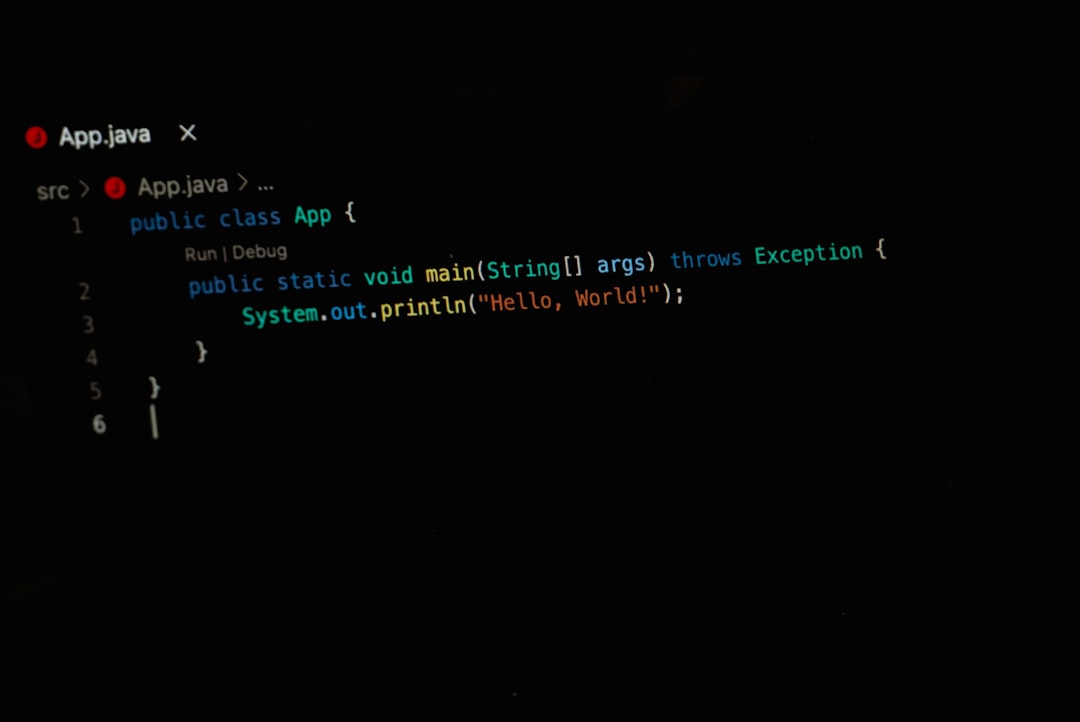When learning Java, beginners often encounter an error that can be particularly confusing: the Java class error. This broad term can refer to various issues related to defining, referencing, or using classes. Understanding how to read and troubleshoot these errors is a key skill for any novice Java programmer. With a few tips and best practices, identifying and fixing these problems becomes much more manageable.

What Is a Java Class Error?
A Java class error typically arises when the compiler or Java Virtual Machine (JVM) cannot find, load, or interpret a class properly. The error message might be something like “class not found”, “cannot find symbol”, or even “incompatible types”. These indicate that something is wrong with how the class is defined, referenced, or compiled.
Common Causes of Java Class Errors
Understanding the root causes of Java class errors is crucial for quick troubleshooting. Below are the most common ones:
- Incorrect Class Name: Java is case-sensitive. Make sure you’re referencing the class name with the exact same capitalization as it was written.
- Improper File Naming: The filename must exactly match the public class name declared inside it, including matching case.
- Missing Class Files: If required .class files are not compiled or found in the directory or classpath, the JVM cannot run them.
- Wrong Package Declaration: Using the wrong package path or forgetting to include the correct import statements can throw class-related errors.
- Classpath Configuration: If your project structure isn’t correctly set up and specified in your classpath, Java won’t find your classes at runtime.
Effective Troubleshooting Tips
Beginners shouldn’t feel discouraged by cryptic error messages. Instead, try the following strategies to narrow down the issue:
- Read the Error Message Carefully: Java error messages are specific. For example, “cannot find symbol” often points to a typo or undeclared variable.
- Check File and Class Names: Ensure file names match the declared class names. For instance, a public class named HelloWorld must be in HelloWorld.java.
- Verify Directory Structure: Java uses package paths that map directly to folder structures. A class in com.example.main must be under com/example/main/.
- Compile All Files: Sometimes errors happen because a dependent class wasn’t compiled. Use javac *.java to compile everything at once.
- Use an IDE: Integrated Development Environments like IntelliJ IDEA or Eclipse can automatically detect and highlight class errors.

Avoiding Class Errors in the Future
Preventing class errors is better than fixing them after the fact. Here are a few practices that can help:
- Consistent Naming Conventions: Follow CamelCase for class names and ensure they match file names exactly.
- Organize Code with Packages: Structure your code logically using packages and match package definitions with folder names.
- Use Version Control: With tools like Git, tracking changes and reverting broken code becomes easier.
- Test Incrementally: Compile and test code in small pieces rather than writing massive chunks at once.
FAQ: Java Class Error Troubleshooting
- Q: What does “cannot find symbol” mean?
A: This usually means the code is referencing a class or variable that hasn’t been declared or imported properly. - Q: How can I fix a “class not found” error?
A: Ensure the class is compiled and available in your classpath. Double-check your project structure and package declarations. - Q: My class name matches, but I still get an error. Why?
A: Check for package-related issues or whether the correct version of the file is being compiled. - Q: Do I always need a public class in my file?
A: No, but if you use a public class, it must be the only public class in the file and its name must match the filename. - Q: Can my IDE help with Java class errors?
A: Absolutely. IDEs offer real-time syntax checking, error highlighting, and code suggestions that make error fixing more efficient.
While Java class errors can seem daunting to a beginner, they often point directly to simple mistakes. By understanding the underlying causes and implementing structured troubleshooting methods, even novice developers can become proficient in tackling these errors swiftly and effectively.


